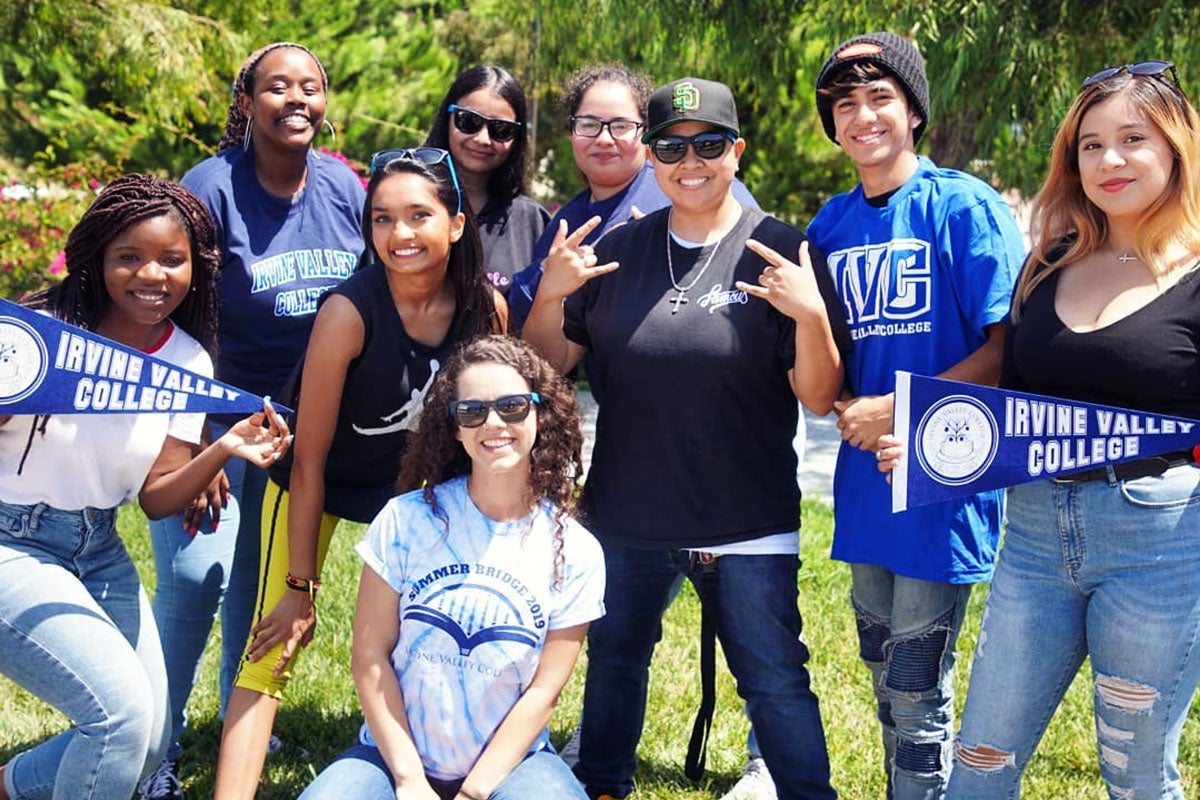There is an important difference between these two terms, transferable and articulated, but they often get used as if they are interchangeable. The following information is based on transferability and articulation in terms of transferring from a community college to a UC or CSU campus.
Transferable Courses
A transferable course is a course taken at one college or university that can be used for unit credit at another institution. This does not indicate how the course can be used to fulfill a subject matter requirement at a university campus.
A course that is California State University (CSU) transferable (or Baccalaureate level) is accepted for unit credit at any California State University campus. Transferability to CSU is determined by the community college that offers the course. At Irvine Valley College, course numbers 1-199 transfer to any CSU campus.
A course that is University of California (UC) transferable is accepted for credit at any University of California campus. The University of California Office of the President determines if a course is UC transferable. At Irvine Valley College, course numbers 1-99 transfer to any UC campus.
Students may use ASSIST to verify the articulated agreements between Irvine Valley College, CSUs and UCs.
To use ASSIST to see if a community college course is transferable for unit credit:
- Go to www.assist.org
- Choose the community college on the first screen.
- On the second screen, click one of these links:
- CSU Transferable Courses
- UC Transferable Courses
- You can then choose a department, or all departments.
ASSIST is not involved in deciding which courses are transferable to UC or CSU. ASSIST only posts articulation agreements.
Articulated Courses
An articulated course is a course taken at one college or university that can be used to satisfy subject matter requirements (major or general education) at another institution. Except for a handful of special cases, all articulated courses must first be transferable. It is important to remember, however, that not all transferable courses are articulated in major or general education, but rather the courses would transfer as elective units.
You cannot tell if courses are articulated by looking at course numbers, titles, or even descriptions in the catalogs. The only way you can tell if and how a course is articulated is by looking at an articulation agreement.
Articulation agreements are formal agreements between two campuses. Articulation agreements in ASSIST are developed and entered into the ASSIST database by the receiving campus (the university campus in our examples). Each university campus is responsible for all of the details of its own articulation.
Students may use ASSIST to verify the articulated agreements between two institutions.
To use ASSIST to see if a course is articulated:
- Go to www.assist.org
- Choose either the college or the university campus on the first screen.
- On the second screen, choose the other institution.
- On the next screen, you can choose a major, a department, or General Education, depending on how the university formats its articulation.
Not all university campuses provide articulation with every college or for all of their majors or departments. Many university campuses concentrate on their primary feeder colleges and their most popular transfer majors. This does not mean that students cannot transfer. It means that such students should talk directly to an admissions and/or department advisor at the respective university.
Each university campus will have different articulation agreements with different colleges, even when they are colleges in the same district. For example, Irvine Valley College and Saddleback College have different articulation agreements, even though they are sister colleges. You also cannot assume that a community college course will be accepted the same way at different campuses of the same university system. UCLA, for example, does not automatically use a course the same way that UCSD does.
Source: ASSIST.org





